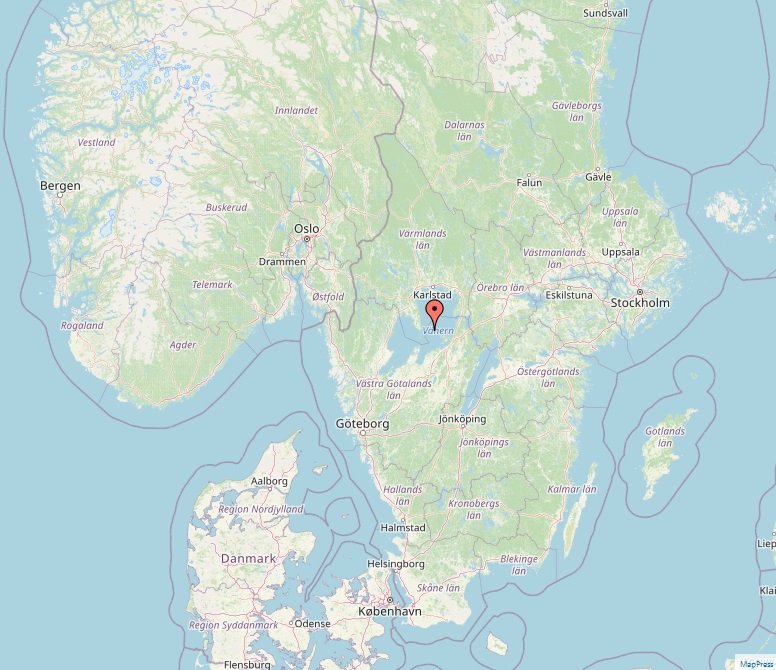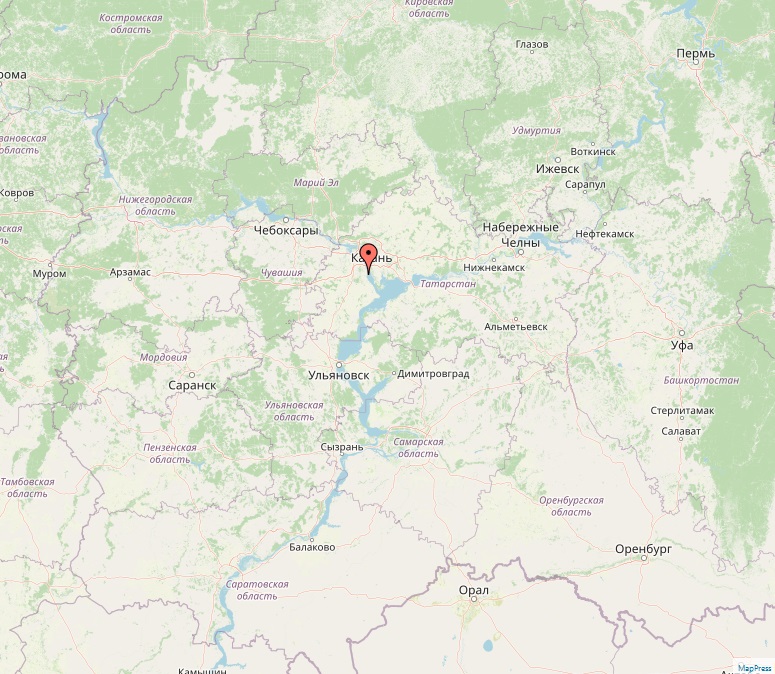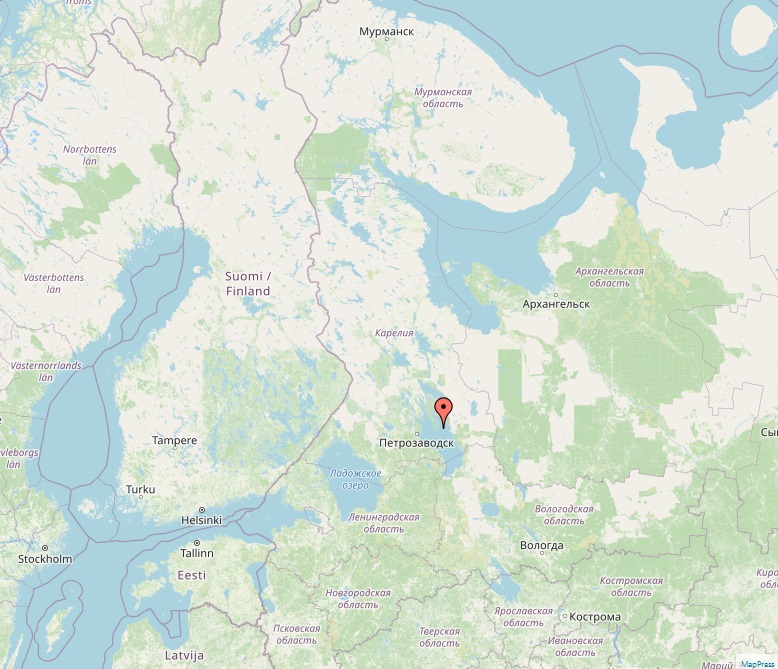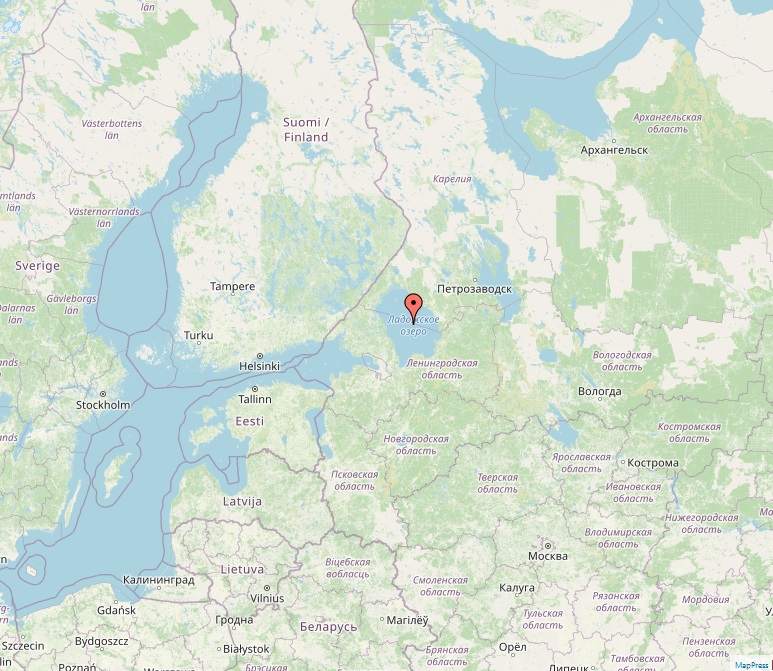
Lake Vänern
Lake Vänern, distinguished as the largest lake in Sweden, the largest in the European Union, and the third-largest in Europe, is a significant geographical landmark. Its location spans the provinces of Västergötland, Dalsland, and Värmland in southwestern Sweden. With a surface elevation of 44 meters above sea level and a remarkable maximum depth of 106 meters, Vänern's basin reaches 62 meters below sea level at its deepest point. Unique Hydrological Characteristics This expansive lake, covering an area of 5,655 km² — about twice the size of Luxembourg — plays a crucial role in Sweden's hydrography. Unlike most of the country's major lakes, Vänern drains into the Göta älv, which flows towards Gothenburg and the Kattegat section of the Atlantic Ocean. This makes it unique, as it is the only one…



